
D
rones, autonomous driving and electrification: traffic and transport of the future are being influenced by a variety of new technologies. Companies can use these technologies to convert them into specific products and solutions for their customers. In doing so, they play a part in designing the future. What are the effects of digitisation on our mobility and on supply chains? What will the intelligent transport of the future be like?
COMPLETELY RETHINKING SYSTEMS
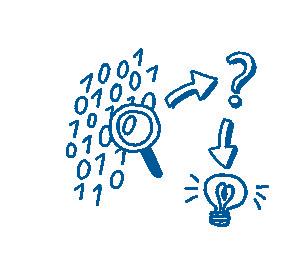

“It is through this mixing of perspectives and exchange that it will be possible to learn from each other and also to find common solutions.“
Harry Evers,
Director, ITS Hamburg 2021
Director, ITS Hamburg 2021
Harry Evers is certain that the logistics industry and the actors of the ITS world congress can learn from one another. ‘Logistics finds itself under strong economic pressure. In the sphere of ITS people are intensively engaged with individual mobility – an area in which cost pressures are not quite so high. It is through this mixing of perspectives and exchange that it will be possible to learn from each other and also to find common solutions.’ Special themes of the congress will include automated and networked driving, intelligent logistics and intelligent infrastructure. The organisers expect some 15,000 participants to come and learn about the latest topics and to interact and network. Alongside the exhibition, in which companies will hold their own stands, there will also be talks and podium discussions. ‘This is a trade congress that will bring together the world in the fields of transport, logistics and traffic and will allow discussions at the highest level of detail,’ says Evers. At the same time, however, the ITS conference is geared much more towards practice than towards academic aspects – that is, towards users and solutions.
DATA ANALYSIS IN FOUR STEPS
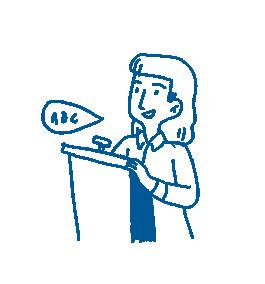
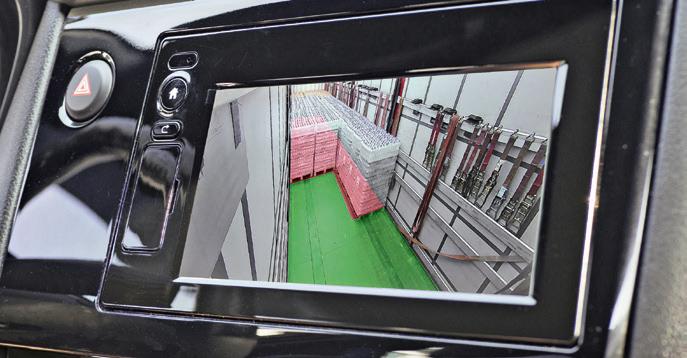
“For as long as it does only what the others are doing, it will not be able to stand out from the competitors.”
Ingrid Göpfert,
professor of general business management and logistics
at the Philipps University of Marburg
professor of general business management and logistics
at the Philipps University of Marburg
‘It is exactly this proactive action that is in constant demand and sought after by our customers’, says Kunz. Based on the predictions that will be made possible by the careful use of the data, it will be possible to automate and optimise processes using artificial intelligence. ‘Companies can thus spot inefficiencies in transport and eliminate these themselves, and automatically. This is how intelligent transport systems can continue to develop, step by step.’ Apart from the development work led by Kurt Kunz, many other divisions in the company are working on these topics. ‘We meet regularly to exchange knowledge across departments on new trends and activities – and we deduce our own activities on that basis.’ A number of smart digital solutions have emerged in recent years from this process. The measurement of tyre pressure by means of ‘Smart Tyre Monitoring’ helps to prevent punctures, which for customers always means lost time. ‘If we are able to reduce the number of breakdowns of this kind, we can also cut waiting times and achieve transport cost optimisations,’ says Kunz.
FULLY AUTOMATED PROCESS
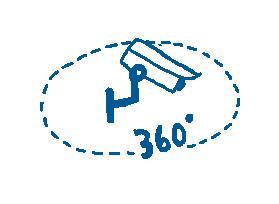
PROVEN QUALITY
With its new validation centre in Lingen, Krone has established a modern testing site for products all across its Commercial Vehicle Group.
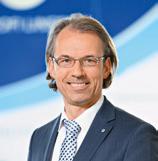
Dr Ulrich Wessling,
Head of product development at Krone
Head of product development at Krone
TESTS ROUND THE CLOCK
The official ground-breaking ceremony was held in the Lingen industry park in early 2019. The 13-hectare site will include a machine hall with workshops, a testing hall with three permanent test stands and a modular test facility for a wide range of tasks. Additionally, office space and a test track for homologation and test runs are under construction. The entire facility will enable hard daily operation to be brought into the laboratory, with products being tested, for example, on test tracks for up to a million kilometres. The tests will run for different lengths of time – from a few hours to several weeks. In the new centre, the equipment can be operated round the clock; planning will not be hampered by factors such as drivers’ rest periods or interruptions caused by bad weather.
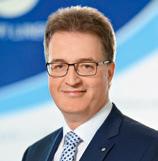
“This will enable us to respond more specifically to the requirements of our customers.”
Thorsten Perk,
Head of Testing at Krone
Head of Testing at Krone
The testing can include, for example, the axles of agricultural machinery or individual parts through to entire semi-trailers. The products will be tested for static strength and durability, among other parameters. ‘With the new facilities we will also be able to test larger gearboxes for the agricultural sector than before,’ says Thorsten Perk, head tester for the Krone Commercial Vehicle Group. The modular, multi-axial test facility makes testing considerably more flexible, since the most diverse of tests can be prepared and carried out quickly without great effort. A further system simulates the impact of the road on vehicles: here, mechanical impulses are introduced vertically through the wheels and the fifth wheel into the vehicle. This imitates the oscillations that occur during travel and allows their effects on the components to be studied, with weak spots quickly found and eliminated.
COLLABORATION WITH ACADEMIA
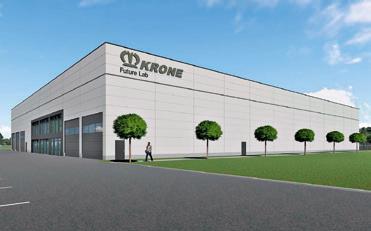
The centre will enable the Krone Commercial Vehicle Group to ensure the high quality of its products and to visualise and verify their reliability in operation with even greater efficiency. ‘This will let us respond more specifically to the requirements of our customers, as it will be possible to test even small batch sizes,’ says Perk. ‘This is of particular interest for components that are only used in special areas.’ He sees the greatest advantages of the new centre in terms of the combination of its high-quality modern equipment, the size of the site and the amalgamation of the test centre and test track side by side. Ulrich Wessling adds: ‘We will then have far more possibilities available to us and will be able to deal with more issues in future. The location in Lingen with its higher-education institution will also foster cooperation with academia.’ The Krone Future Lab also deliberately adopted this name because it is intended in future to be a place where ideas beyond day-to-day business can be developed. Teams from different company divisions will be able to meet one another in specially designed offices to pursue innovative approaches together.
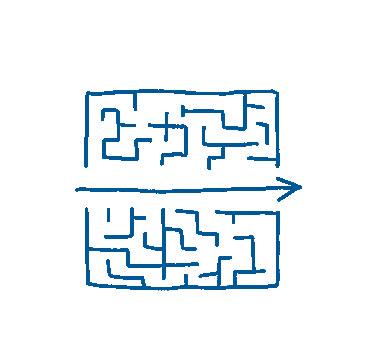
This solution, which won the award of ‘Trailer Innovation 2019’, can capture various data such as the status of a vehicle before the start of a journey. This information is then digitally stored. ‘This gives the fleet manager a complete overview of the fleet; he can then take actions if necessary, such as scheduling a repair appointment. So, again, this amounts to proactive action,’ says Kunz. Improved vision and driving safety are provided by ‘Krone Smart Birdview’. With this solution, cameras are fitted into the upper trailer structure and offer the driver at the wheel an all-round view. That is helpful, for example, when manoeuvring. ‘If you think carefully about the possibilities that this application offers, by combining it with sensors you could for example, create a higher level of anti-theft protection,’ explains Kurt Kunz. This is exactly where the great potential of the technological developments lie. They can flow into specific solutions that make the ordinary working day easier, offer greater safety, or reduce costs. To put this into practice, one needs to understand that direct customer contact is required – but so is foresight: companies must continue to look ahead, to focus on their own development, and to set clear objectives.
VISION FOR A FUTURE-READY BUSINESS
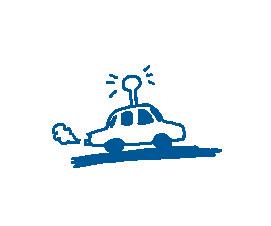
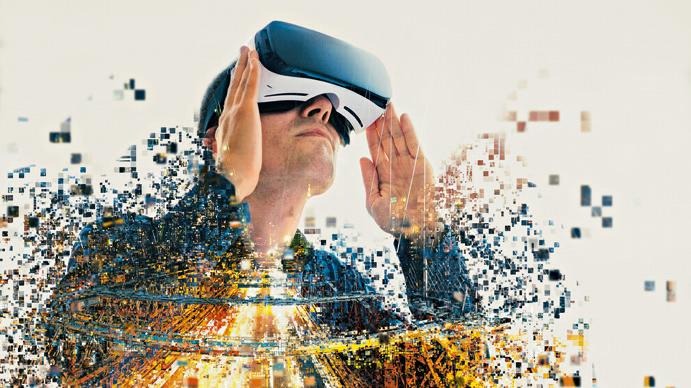
Photos: Freepik, ITS, Krone, iStock Illustrationen: Susann Hoffmann




